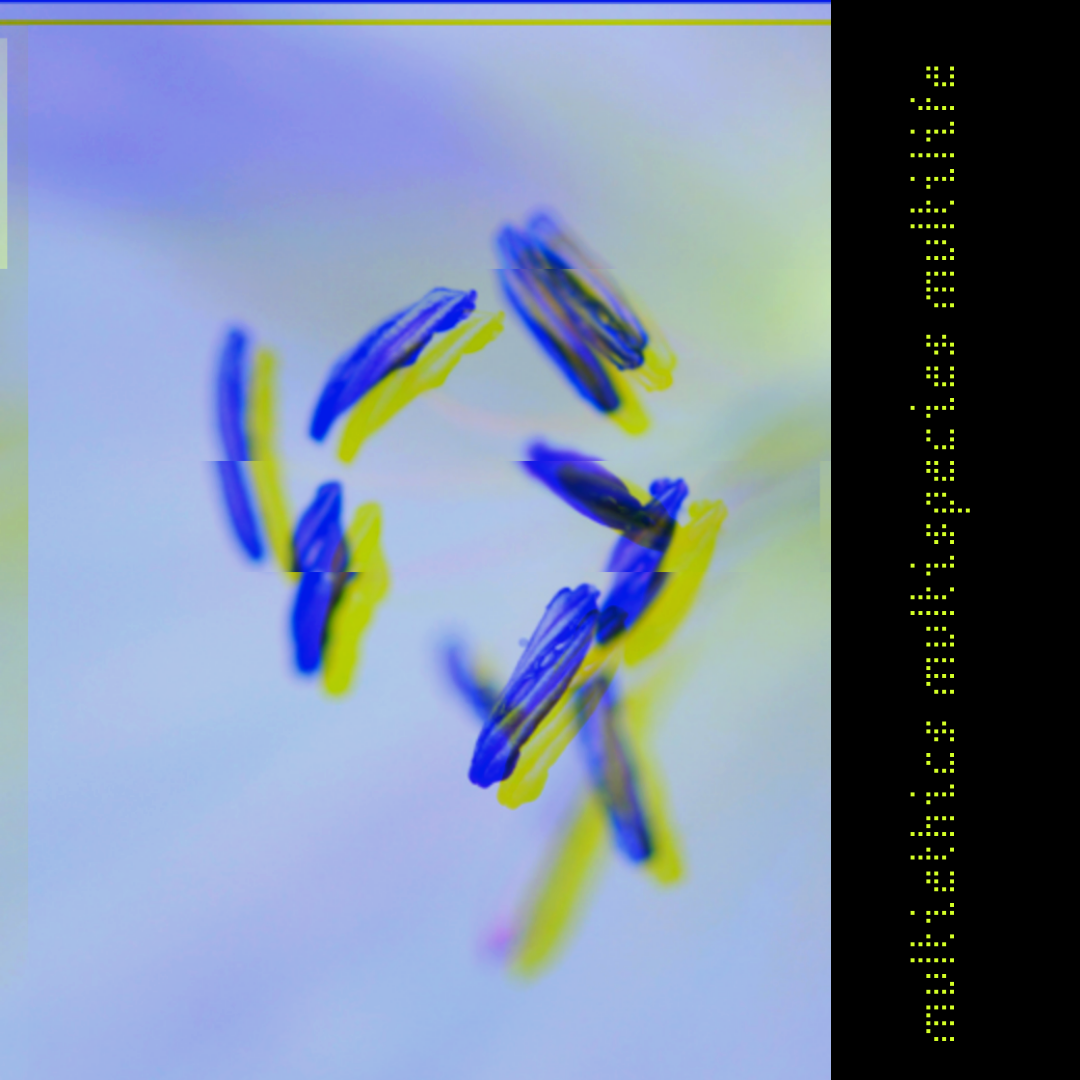
Sandra Meek
Artist Statement: Talking & Listening to Plants
“Adansonia digitata (Baobab)” opens at Letaba Elephant Hall, in Kruger National Park, South Africa, a small museum focusing on elephants’ evolution, biology, behavior, and ecology. In addition to displays such as the elephant heart the poem alludes to are the tusks of eight of Kruger’s great “tuskers”—elephants with impressively large tusks, retrieved upon each animal’s natural death.
Also located in Kruger is the southernmost wild continental African baobab tree.
A mature baobab creates its own complex ecosystem, providing food, shelter, and habitat for a vast range of creatures from elephant to ant. Carbon dating suggests baobabs might live 3,000 years or more; baobabs do not develop annual growth rings. Of the world’s eight species, only digitata occurs naturally in continental Africa, its range stretching north from the Tropic of Capricorn. One species occurs in Australia, and six are endemic only to the island of Madagascar. Three of the Madagascar baobab species are currently listed as endangered; two may soon be reclassified as critically endangered.
While baobabs can grow to thirty meters in height, what is truly impressive is their girth—a mature baobab’s circumference can be ten meters or more, the hollow trunks providing shady shelter for animals while humans have used them for purposes ranging from a prisoners’ holding cell (in British colonial-era Bechuanaland, current-day Botswana; the tree still stands just outside the Kasane Police Station) to novelty bars, such as the Mooketsi (or Sunland) Baobab bar in Limpopo, South Africa, modeled after an English pub and claimed by some to be the largest baobab on the continent.
Known as “The Tree of Life,” indigenous and local populations have long sustainably harvested the baobab for food, medicine, and other products, and the IUCN still lists digitata’s conservation status as Least Concern. However, the last few years have seen the rapid rise of international trade of medicinal and aromatic plants, tied to new destructive harvesting practices. Among the “Wild Dozen,” key plants currently being unsustainably harvested from the wild and traded for profit, is the baobab, its fruit marketed as a superfood and a cosmetics ingredient.
Even more concerning for southern Africa’s baobabs is the recent unprecedented and abrupt die-off of the majority of the region’s oldest and largest trees. In an article published in Nature in 2018, researchers reported that on the continent, “9 of the 13 oldest [Adansonia digitata] and 5 of the 6 largest individuals have died, or at least their oldest parts/stems have collapsed and died, over the past 12 years….an event of an unprecedented magnitude.” One of these was the Mooketsi Baobab.
These monumental trees’ unexplained deaths, well short of their natural lifespan, are not anomalies but part of a recent, rapid increase in the deaths of mature baobabs. As southern Africa is one of the fastest warming and drying regions on earth, and all the millennial trees noted in recent die-offs were located in southern Africa, the southern margin of the species’ range, the likely culprit, as with so much ecological destruction, is climate change.
Photo Credit: Paul O'Mara
Sandra Meek is the author of six books of poems, most recently Still (Persea Books, 2020), named a “New & Noteworthy Poetry Book” by The New York Times Book Review. A recipient of a National Endowment for the Arts Fellowship in Poetry and the Lucille Medwick Memorial Award from the Poetry Society of America, she has three times been awarded Georgia Author of the Year in Poetry and twice the Peace Corps Writers Award in Poetry. She is Poetry Editor of the Phi Kappa Phi Forum and teaches at Berry College. Visit her at sandrameek.com

